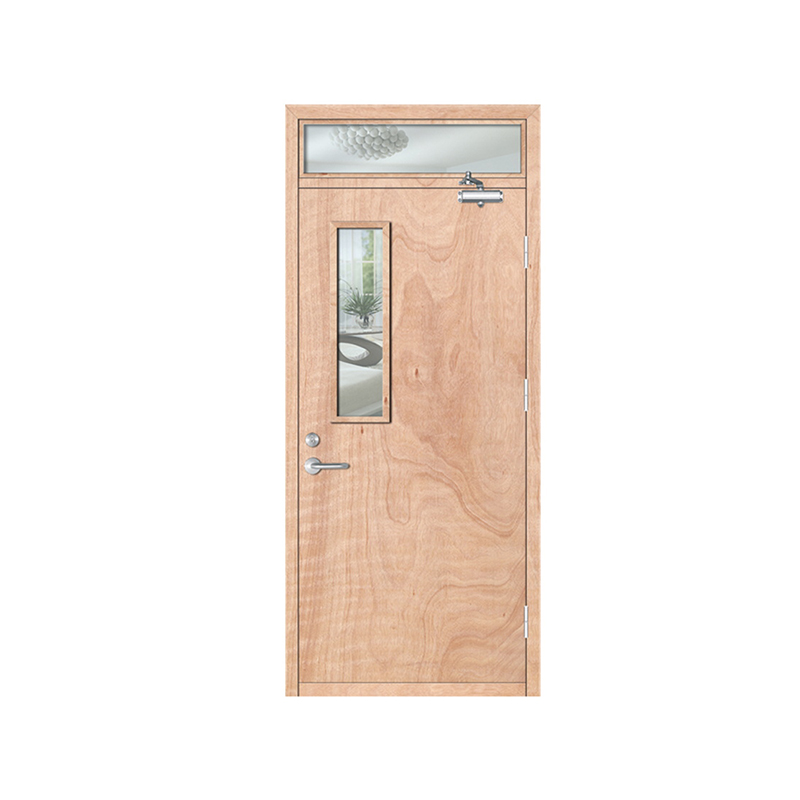We provide quality products and services to customers from all over the world.
Key Differences Between Fire Rated Door Types and Ratings

A fire rated door is a crucial safety component in residential, commercial, and industrial buildings. Designed to resist the spread of fire and smoke for a specified time, this type of door helps protect lives and property by maintaining compartmentation during an emergency. Not all fire rated doors are the same, however. Understanding the key differences between types and ratings is important for selecting the appropriate option for each application.
The primary distinction between fire rated door types lies in the materials used in their construction. Some fire rated doors are made of solid wood cores with fire-resistant layers, while others are constructed from steel, aluminum, or fiberglass. Wood fire rated doors are often used in interior applications, such as offices or residential corridors. In contrast, steel fire rated doors are commonly installed in industrial or commercial settings where higher resistance to impact and heat is necessary. The material choice affects not only the fire resistance level but also the durability, weight, and maintenance requirements of the door.
Another factor that differentiates fire rated door types is the core structure. Some doors have mineral cores, while others may include honeycomb, steel-stiffened, or composite cores. Mineral core doors typically offer better fire resistance due to the non-combustible nature of the material. Steel-stiffened core doors, on the other hand, provide additional strength and are suitable for areas with high traffic or impact concerns. The choice of core impacts the fire door's performance under heat and stress, making it a critical element when selecting a fire rated door.
The fire rating itself is a measure of how long a fire rated door can resist fire, and it is another important aspect to understand. Common ratings include 20, 45, 60, 90, and 180 minutes. A fire rated door with a 20-minute rating is typically used in residential applications, such as between garages and living spaces. A 60-minute or 90-minute fire rated door might be required in commercial corridors or stairwells, where building codes demand a higher level of fire separation. The rating required often depends on the building occupancy type, location of the door, and local regulations.
Differences also exist in the configuration and features of a fire rated door. Some are single doors, while others are double or have vision panels. Any glass used in a fire rated door must also meet fire-resistance standards. In some cases, vision panels are limited in size to prevent the spread of heat or flames. Fire rated doors may also include smoke seals, intumescent strips, or automatic closing devices, all of which enhance their ability to slow down the spread of fire and smoke. These features should be properly maintained to ensure that the fire rated door performs effectively when needed.
Installation and certification are additional aspects that distinguish fire rated door systems. A fire rated door must be installed with compatible hardware and frames to meet its tested rating. Improper installation can compromise the integrity of the fire protection. Certified fire rated doors come with labels or tags that indicate their compliance with specific fire safety standards. It’s important to ensure that both the door and its frame are listed and labeled by a recognized testing organization.
The differences between fire rated door types and ratings include material, core structure, fire resistance time, configuration, and certification. Selecting the right fire rated door requires careful consideration of the specific needs of a space, applicable safety codes, and the intended level of fire protection. By understanding these differences, building owners and managers can make informed choices that enhance safety and meet regulatory requirements.
Interested in cooperation or have questions?
![]() +86-13857003056
+86-13857003056
![]() No. 27 Lianhuashan Avenue, Jiangshan Economic Development, Jiangshan, Quzhou, Zhejiang, China
No. 27 Lianhuashan Avenue, Jiangshan Economic Development, Jiangshan, Quzhou, Zhejiang, China

 English
English русский
русский Français
Français Español
Español عربى
عربى
